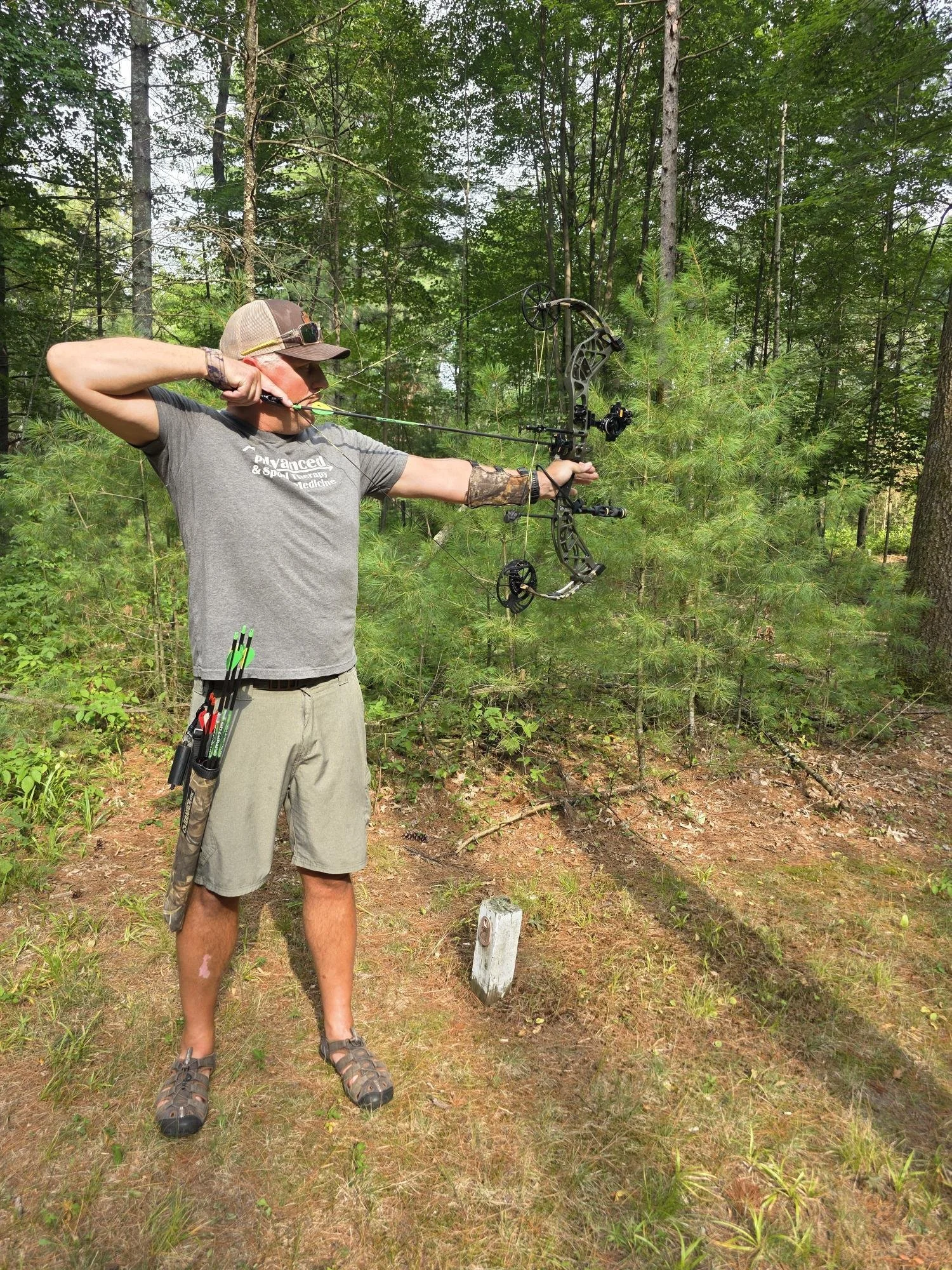winter safety,
wellness,
physiotherapy,
physical therapy,
occupational therapy,
injury prevention
APTSM Marketing
winter safety,
wellness,
physiotherapy,
physical therapy,
occupational therapy,
injury prevention
APTSM Marketing
Read More
direct access,
athletic training,
injury prevention,
physical therapy,
physiotherapy,
concussion,
baseline concussion testing
APTSM Marketing
direct access,
athletic training,
injury prevention,
physical therapy,
physiotherapy,
concussion,
baseline concussion testing
APTSM Marketing
Read More






